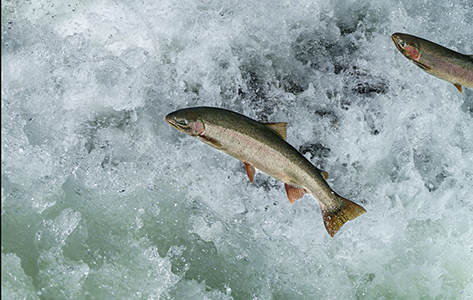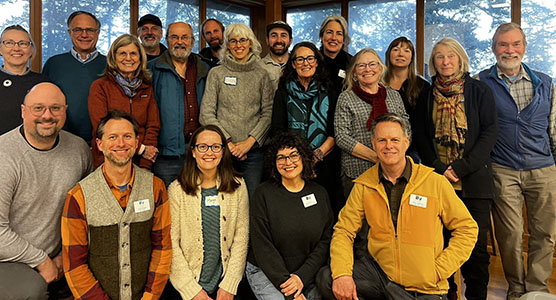Last Generation Of Orcas In Its Care
— from Center for Whale Research —
“This is a big day in the world of captive cetaceans. We are pleased to learn today that SeaWorld has made a public commitment to end their captive killer whale breeding program. This is a real step forward for those of us who for decades have spoken out against the captivity and breeding of these majestic animals for the sake of entertainment, versus legitimate public education.” says Ken Balcomb, Senior Scientist at the Center for Whale Research. Balcomb is a respected authority on the world’s whales, and has been keeping track of the Southern Resident Killer Whale population in the Pacific Northwest for the past 40 years.
Balcomb says that it is especially encouraging to learn that SeaWorld’s focus will shift from entertainment to conservation and animal welfare, thanks to nudging by the Humane Society of the United States and public response to the movie “Blackfish”. “We would be pleased to offer our educational assistance to SeaWorld by providing them with access to our detailed knowledge of these animals gathered during forty years of study in the wild. The whales’ role at the top of the marine ecosystem is much more important for people to know than their role as entertainers. I hope that this is the beginning of increased respect of Orcas in the planet’s ecosystem and a turning point for corporate America to deal with Climate Change and Ocean Acidification.”
The Southern Resident Killer Whale (Orcas) population is currently 84 individuals. There has been a recent “baby boom” with nine newborns in the past 14 months, five of them in J pod the most “resident” of these whales in the Salish Sea. “Historically, the mortality rate has been as high as 50% in the first year of their lives, so we will cross our fingers that many of these calves survive the winter, and help recover this Endangered population” said Balcomb. “We will determine their condition as soon as they begin to regularly return to Pacific Northwest inland marine waters in April and May, and we will monitor them until late autumn. Winter studies are somewhat episodic due to weather and the whales dispersing as far as Central California and Southeast Alaska, typically in small groups.”
For more information please contact:
Dr. D. Giles, Research Director
Center for Whale Research
**If you are reading theOrcasonian for free, thank your fellow islanders. If you would like to support theOrcasonian CLICK HERE to set your modestly-priced, voluntary subscription. Otherwise, no worries; we’re happy to share with you.**







